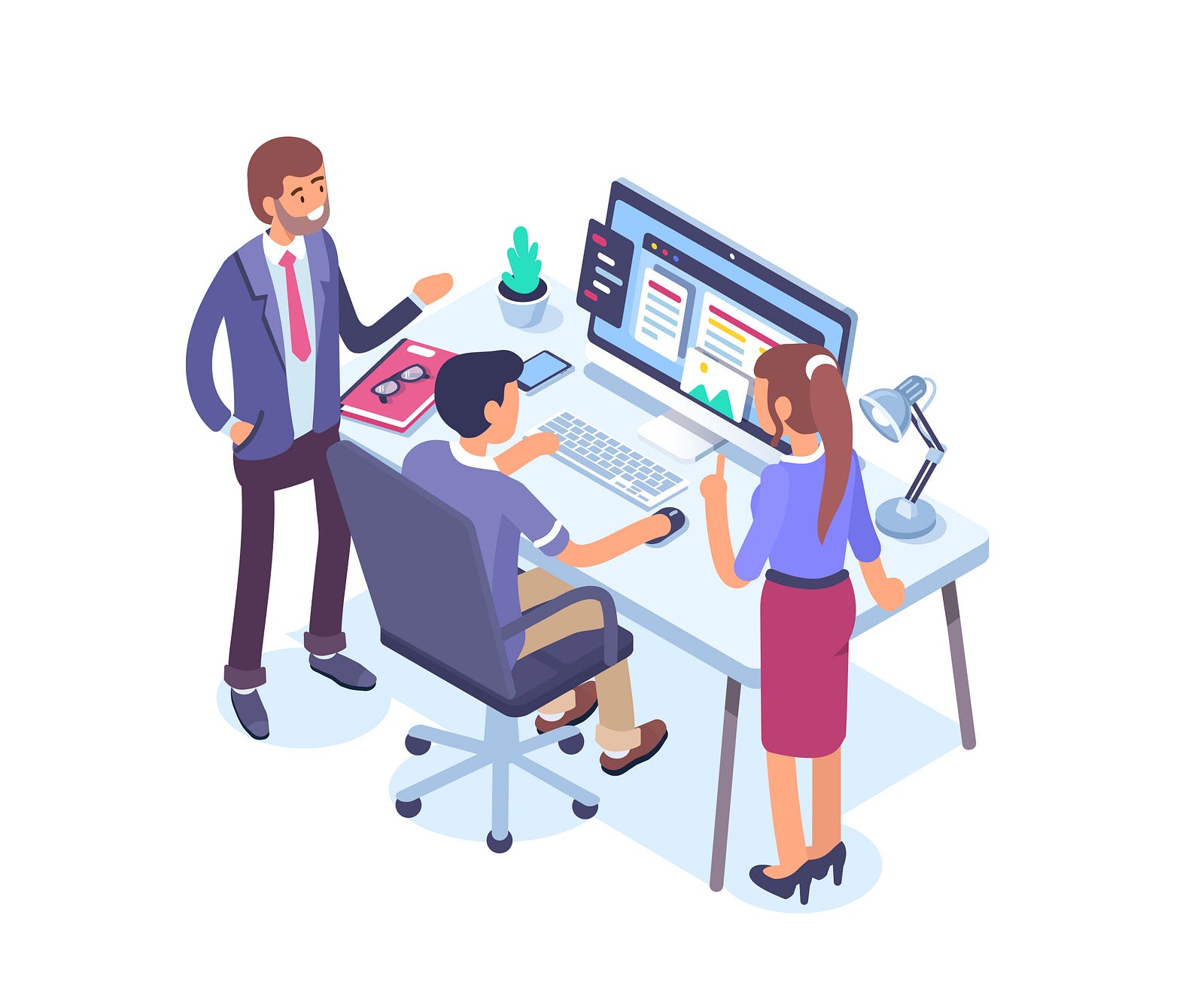By Ian C. Schick, PhD, JD, CEO & Co-founder of Specifio (originally posted here on Oct. 12, 2018)
It is crucial for outsourcing attorneys to competently review the work product generated by any third-party service. This, of course, is also true when the third-party service leverages automation to complete the outsourced work. Below, we discuss the necessary steps for assessing this ethical obligation in the context of third-party legal document automation services.
The analysis can be broken down into two steps. For the first step, the lawyer must ensure that the third-party service complies with the ethical obligations that govern human lawyers. [See our previous posts, here and here]. Just how attorneys must ensure that ethical violations, such as breach of client confidentiality and conflicts of interest, do not occur with non-lawyer employees or independent contractors, they must do the same with third-party services, including automated services.
The main concern with outsourcing is “to ensure that tasks are delegated to individuals who are competent to perform them.”
The second step in assessing competent attorney oversight involves evaluating the competency of the third-party technology. In other words, is the work product of the third-party service comparable to that of a competent human lawyer?
Attorneys are generally allowed to contract work to third parties “provided the attorney is competent to review the work [and] remains ultimately responsible for the final work product,” among other guidelines. [Los Angeles County Bar Association Professional Responsibility and Ethics Committee Opinion No. 518]. Stressing the importance of competency, the ABA says, “the lawyer who is responsible to the client satisfies her obligation to render legal services competently.” [ABA Standing Committee on Ethics and Professional Responsibility, Formal Opinion 08–451]. In the case of patent drafting, for example, it would be understandable to question competency where an attorney assigns the task of drafting a patent application to an associate lacking the necessary training or technical background. The main concern with outsourcing is “to ensure that tasks are delegated to individuals who are competent to perform them.” [Id.]. According to the Model Rules on the client-lawyer relationship, the outsourcing lawyer “must reasonably believe that the other lawyers’ services will contribute to the competent and ethical representation of the client.” [Model Rules 1.1].

Applying the above reasoning to outsourced services rooted in technology, such as document automation, attorneys must ensure that the output of the technology reflects a certain level of competency. That is, one ensuring the final work product embodies the same competencies required of the attorney responsible to the client.
Specifio’s fully-automated patent drafting service begins and ends with the attorney (or patent agent). Attorney-written patent claims (2–3 pages) are converted into a first-draft patent application with basic figures (20–30 pages). However, by clearly presenting these auto-generated patent applications as strictly first drafts (as opposed to ready-to-file), Specifio sets the appropriate expectation to encourage the level of attorney oversight that should exist with all legal document automation services.
For more information on Specifio’s automated patent drafting service, visit our website or email us at info@specif.io.
DISCLAIMER: The views and opinions expressed in this article are those of the author and (1) are not provided in the course of and do not create or constitute an attorney-client relationship, (2) are not intended as a solicitation, (3) are not intended to convey or constitute legal advice, and (4) are not a substitute for obtaining legal advice from a qualified attorney. You should not act upon any such information without first seeking qualified professional counsel on your specific matter. The hiring of an attorney is an important decision that should not be based solely upon Web site communications or advertisements.
